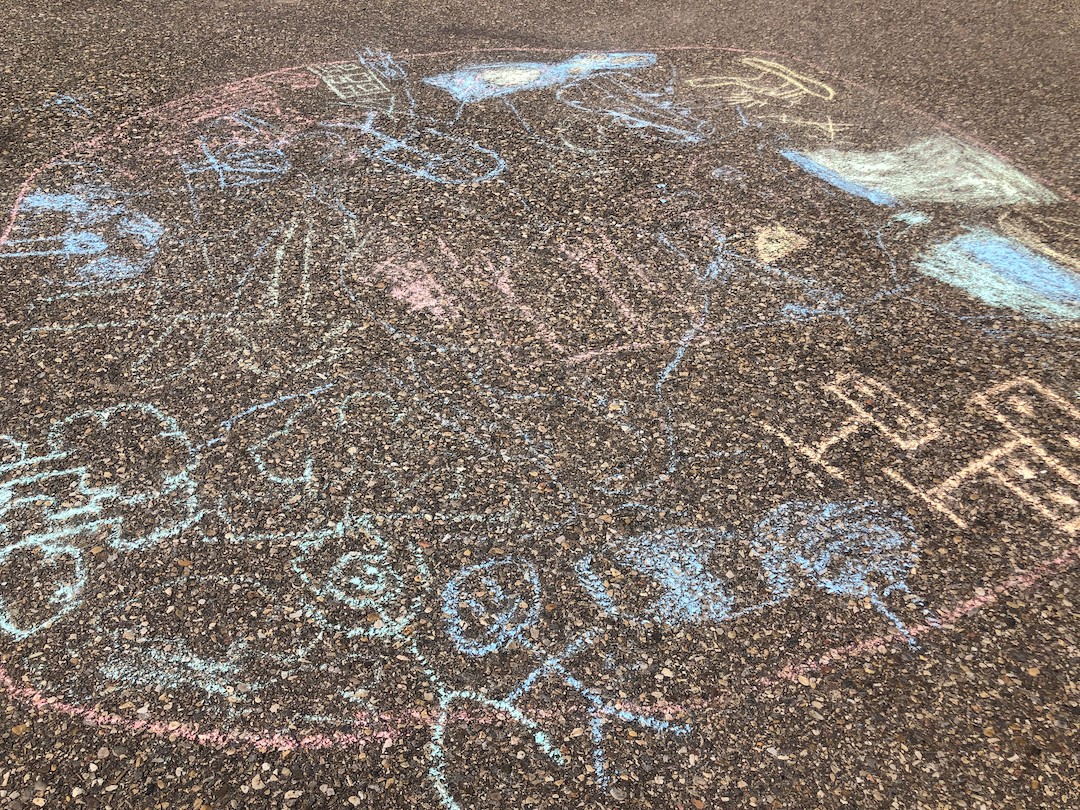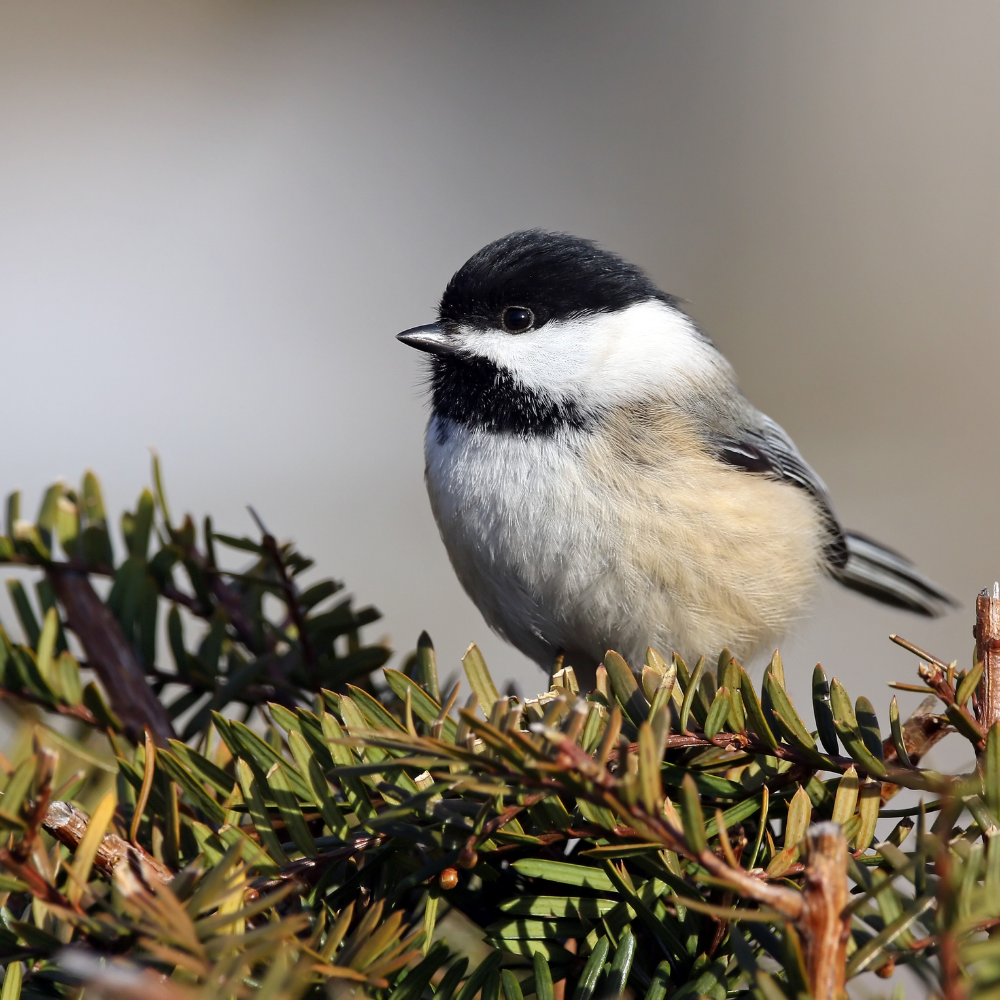Design the park of your dreams! In fact - of the park of EVERYONE'S dreams!
PURPOSE
Break out the side walk chalk and get creative to build the park of your dreams! A park that welcomes everyone, is inclusive, and breaks down barriers to getting outside and connecting with nature.
GRADE LEVELS
K-12
TIME NEEDED
30 minutes

Curriculum LINKS
Core Competencies
Critical thinking
Problem solving
Creativity and innovation
Communication
Collaboration
Cultural and global citizenship
Personal growth and well-being
MATERIALS NEEDED
Side walk chalk
Nature items (optional)
Introduction
- Explain to the students that they we will be building a National Park or Provincial Park to better understand, assess, and increase neighbourhood nature opportunities and access for all community members .
- Remind students what a "park" is. Give examples of different types of parks - school playground, an urban park, Banff National Park. Today we will be creating a park similar to Banff National Park.
- Start by exploring what ‘nature opportunity’ and ‘nature access’ means to each member of the group using a Sharing Circle, which are used in some Aboriginal communities. Participants sit in a circle to show equal respect for all members of the group.
- Introduce the concept of interconnectivity and interdependence. In every community people and animals interact with the local environment and have an impact on one another. In many Aboriginal communities we are understood to live in harmony, unity and equality with ‘All of Our Relations’, which means one is alive because of its connection to everything that makes up the whole.
Instructions
- Whether in groups or as individuals, ask your students to draw out the park of their dreams. They can also utilize the nature around them to build out their park. They will have all the money and resources in the world - so all ideas are welcome!
- Remember this will be a National Park with lots of visitors! Visitors from all over the world, from different countries, speaking different languages, and with different abilities. Ask your students to consider the following while designing their park:
- How would you ensure that your park is accessible to all?
- How can will your park utilize the space even if they are small, or remote, or don't offer many nature opportunities?
- How would your park make visitors feel safe & welcome if this is their first time in a natural space such as this?
- How would you design your park while taking in to consideration the following visitors?
- Someone with a physical disability
- Someone who recently immigrated to Canada?
- Someone who identifies as part of a marginalized community
- Someone who identifies as part of the LGBTQ2S+ community
- Someone who can't afford appropriate gear such as hiking shoes or warm clothes for winter.
Discussion & Sharing
- Go around and have everyone present their park. Ask them to point out the aspects that will make all visitors feel welcome and feel connected to nature.
- Is there a park in your local neighbourhood that could use some of these elements? Who visits your local parks?
- What actions can we take to make our local parks, and National & Provincial parks look more like our dream parks?
Understanding our community’s potential for eco-equity involves inquiry to better comprehend the interactions between people, animals and the environment. Questions and answers will help identify areas where eco-equity needs are not being met. Recognizing resources and areas of strength in the community will identify potential solutions or sources of support.
Deep-reaching inquiries into our parks and communities will help youth identify which members may be more vulnerable (have greater needs) or be more privileged or better positioned to provide support to others (have many resources/assets). Remind students that we must work together to support our peers that are facing more barriers and may need some support to increase their nature opportunities.
More Bring Nature Home for Teachers
Bring Nature Home is our online database of tried-and-tested CPAWS Southern Alberta activities! Here are some ways that you can bring nature home (or to the classroom) today!

Build a (Inclusive) Park

Grasslands 101

